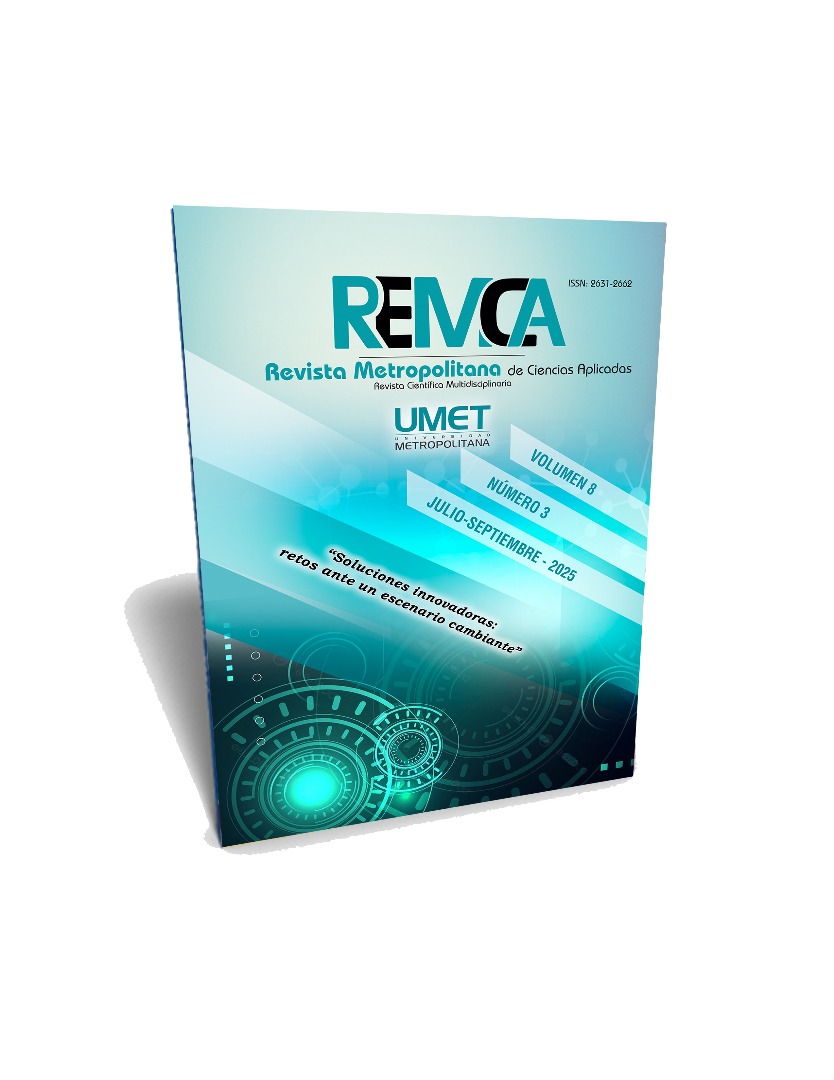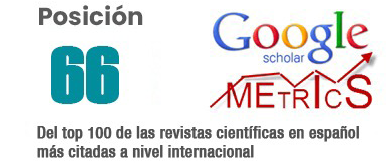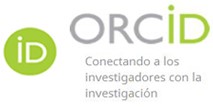Artificial intelligence in dentistry: ethics and professionalism
DOI:
https://doi.org/10.62452/tyrwgv95Keywords:
Dentistry, treatment, artificial intelligence, regulations, ethicsAbstract
The use of artificial intelligence (AI) in dentistry has transformed clinical practice, increasing diagnostic accuracy and treatment effectiveness. However, its implementation must ensure equitable access, avoid inequalities in dental care, and promote ethical and responsible use in patient treatment. This study analyzes the ethical challenges associated with the application of AI in dentistry, highlighting the importance of following bioethical principles and appropriate regulations to maximize benefits. A systematic approach was used to develop the research using indexed databases such as PubMed, Wiley, and Elsevier. The results show that AI has driven significant advances in dentistry, improving diagnoses and treatments. Ethical and legal challenges were also identified, such as professional autonomy, protection of patient privacy, and the risk of overdependence on technology. It was found that in many cases, the results obtained were better with the use of AI, which does not imply a replacement of professional judgment. It was evident that there is a need to establish specific regulations for the use of AI in dentistry to ensure ethical application and patient protection. These regulatory frameworks balance the use of AI with professional responsibility and patient well-being, without replacing medical assessment in each case.
Downloads
References
Anil, S., Porwal, P., & Porwal, A. (2023). Transforming dental caries diagnosis through artificial intelligence-based techniques. Cureus, 15(7). https://assets.cureus.com/uploads/review_article/pdf/169408/20230810-18977-1rv2p9s.pdf
Asgary, S. (2024). Artificial intelligence in endodontics: a scoping review. Iranian endodontic journal, 19(2), 85-98. https://pmc.ncbi.nlm.nih.gov/articles/PMC10988643/
Barrow, H., Bartlett, S., Bullock, A., & Cowpe, J. (2023). Are the standards of professionalism expected in dentistry justified? Views of dental professionals and the public. British Dental Journal, 234(5), 329-333. https://www.nature.com/articles/s41415-023-5572-8
Caprioglio, A., & Paglia, L. (2023). Fake academic writing: Ethics during chatbot era. European journal of paediatric dentistry, 24(2), 88-89. https://europepmc.org/article/med/37337701
De Souza, L. L., Pontes, H. A. R., Martins, M. D., Fonesca, F. P., Corrêa, F., Coracin, F. L., Khurram, S., Hagag, A., Santos-Silva, A., & Lopes, M. A. (2024). ChatGPT and dentistry: a step toward the future. General Dentistry, 72(4), 72-77. https://europepmc.org/article/MED/38905609
Dhopte, A., & Bagde, H. (2023). Smart smile: revolutionizing dentistry with artificial intelligence. Cureus, 15(6), e41227. https://assets.cureus.com/uploads/review_article/pdf/167748/20240724-319105-sp0zp9.pdf
Fatani, B. (2023). ChatGPT for future medical and dental research. Cureus, 15(4). https://assets.cureus.com/uploads/review_article/pdf/148413/20230508-12277-1v7pviu.pdf
Groß, D., & Wilhelmy, S. (2023). The recent ethics boom in dentistry—moral fig leaf, fleeting trend or professional awakening? Clinical Oral Investigations, 27(12), 7935-7940. https://link.springer.com/article/10.1007/s00784-023-05312-8
Hlaing, P. H., Hasswan, A., Salmanpour, V., Shorbagi, S., AlMahmoud, T., Jirjees, F. J., Kawas, S. A., Guraya, S. Y., & Sulaiman, N. (2023). Health professions students' approaches towards practice-driven ethical dilemmas; a case-based qualitative study. BMC medical education, 23(1). https://doi.org/10.1186/s12909-023-04089-4
Holden, A. C. (2020). Exploring the evolution of a dental code of ethics: a critical discourse analysis. BMC Med Ethics. 21(1). https://bmcmedethics.biomedcentral.com/articles/10.1186/s12910-020-00485-3
Lin, G. S., Ng, Y. S., Ghani, N. R. & Chua, K. H. (2023). Revolutionising dental technologies: a qualitative study on dental technicians’ perceptions of Artificial intelligence integration. BMC Oral Health, 23(1). https://link.springer.com/article/10.1186/s12903-023-03389-x
Loomans, B., Mendes, F.M., Vinayahalingam, S., Xi T, Opdam, N., Kreulen, C.M., et al. (2024). Challenges in conducting clinical research in primary care dentistry. J Dent, 144. https://www.sciencedirect.com/science/article/pii/S0300571224001283
Mahesh, A. M., & Reche, A. (2023). A new era of dental care: harnessing artificial intelligence for better diagnosis and treatment. Cureus, 15(11). https://assets.cureus.com/uploads/review_article/pdf/208077/20240724-319105-94u6d.pdf
Mörch, C. M., Atsu, S., Cai, W., Li, X., Madathil, S. A., Liu, X., ... & Ducret, M. (2021). Artificial intelligence and ethics in dentistry: a scoping review. Journal of dental research, 100(13), 1452-1460. https://journals.sagepub.com/doi/abs/10.1177/00220345211013808
Page, M. J., McKenzie, J. E., Bossuyt, P. M., Boutron, I., Hoffmann, T. C., Mulrow, C. D., Shamseer, L., Tetzlaff, J. M., Akl, E. A., Brennan, S. E., Chou, R., Glanville, J., Grimshaw, J. M., Hróbjartsson, A., Lalu, M. M., Li, T., Loder, E. W., Mayo-Wilson, E., McDonald, S., McGuinness, L. A., … Moher, D. (2021). The PRISMA 2020 statement: an updated guideline for reporting systematic reviews. BMJ (Clinical research ed.), 372. https://doi.org/10.1136/bmj.n71
Pethani, F. (2021). Promises and perils of artificial intelligence in dentistry. Australian Dental Journal, 66(2), 124-135. https://onlinelibrary.wiley.com/doi/full/10.1111/adj.12812
Qutieshat, A., Al Rusheidi, A., Al Ghammari, S., Alarabi, A., Salem, A., & Zelihic, M. (2024). Comparative analysis of diagnostic accuracy in endodontic assessments: dental students vs. artificial intelligence. Diagnosis, 11(3), 259-265. https://www.degruyterbrill.com/document/doi/10.1515/dx-2024-0034/html
Rokhshad, R., Ducret, M., Chaurasia, A., Karteva, T., Radenkovic, M., Roganovic, J., Hamdan, M., Mohammad-Rahimi, H., Krois, J., Lahoud, P., & Schwendicke, F. (2023). Ethical considerations on artificial intelligence in dentistry: A framework and checklist. Journal of dentistry, 135, 104593. https://doi.org/10.1016/j.jdent.2023.104593
Royapuram Parthasarathy, P., Patil, S. R., Dawasaz, A. A., Hamid Baig, F. A., & Karobari, M. I. (2024). Unlocking the Potential: Investigating Dental Practitioners' Willingness to Embrace Artificial Intelligence in Dental Practice. Cureus, 16(2), e55107. https://doi.org/10.7759/cureus.55107
Saeed, A., Alkhurays, M., AlMutlaqah, M., AlAzbah, M., Alajlan, S. A., & Alkhurays Sr, M. (2023). Future of using robotic and artificial intelligence in implant dentistry. Cureus, 15(8). https://assets.cureus.com/uploads/editorial/pdf/172982/20230911-7757-n7m5vd.pdf
Schwendicke, F. A., Samek, W., & Krois, J. (2020). Artificial intelligence in dentistry: chances and challenges. Journal of dental research, 99(7), 769-774. https://journals.sagepub.com/doi/full/10.1177/0022034520915714
Setzer, F. C., Li, J., & Khan, A. A. (2024). The use of artificial intelligence in endodontics. Journal of dental research, 103(9), 853-862. https://journals.sagepub.com/doi/full/10.1177/00220345241255593
Shan, T., Tay, F. R., & Gu, L. (2021). Application of artificial intelligence in dentistry. Journal of dental research, 100(3), 232-244. https://journals.sagepub.com/doi/abs/10.1177/0022034520969115
Umer, F., & Habib, S. (2022). Critical analysis of artificial intelligence in endodontics: a scoping review. Journal of Endodontics, 48(2), 152-160. https://www.sciencedirect.com/science/article/abs/pii/S0099239921008025
Ustrell, J. M., Buxarrais, M. R., & Ustrell, P. (2021). Ethical relationship in the dentist-patient interaction. Journal of clinical and experimental dentistry, 13(1). https://pmc.ncbi.nlm.nih.gov/articles/PMC7781216/
Downloads
Published
Issue
Section
License
Copyright (c) 2025 Adriana Nicole Tobar-Peñaherrera, Mónica Alexandra Acosta-Vargas, Rolando Manuel Benites (Autor/a)

This work is licensed under a Creative Commons Attribution-NonCommercial-ShareAlike 4.0 International License.
Authors who publish in Revista Metropolitana de Ciencias Aplicadas (REMCA), agree to the following terms:
1. Copyright
Authors retain unrestricted copyright to their work. Authors grant the journal the right of first publication. To this end, they assign the journal non-exclusive exploitation rights (reproduction, distribution, public communication, and transformation). Authors may enter into additional agreements for the non-exclusive distribution of the version of the work published in the journal, provided that acknowledgment of its initial publication in this journal is given.
© The authors.
2. License
The articles are published in the journal under the Creative Commons Attribution-NonCommercial-ShareAlike 4.0 International License (CC BY-NC-SA 4.0). The terms can be found at: https://creativecommons.org/licenses/by-nc-sa/4.0/deed.en
This license allows:
- Sharing: Copying and redistributing the material in any medium or format.
- Adapting: Remixing, transforming, and building upon the material.
Under the following terms:
- Attribution: You must give appropriate credit, provide a link to the license, and indicate if any changes were made. You may do this in any reasonable manner, but not in any way that suggests the licensor endorses or sponsors your use.
- NonCommercial: You may not use the material for commercial purposes.
- ShareAlike: If you remix, transform, or build upon the material, you must distribute your creation under the same license as the original work.
There are no additional restrictions. You may not apply legal terms or technological measures that legally restrict others from doing anything the license permits.




